#scandanavia
Text
Being Married To Ivar Would Include...
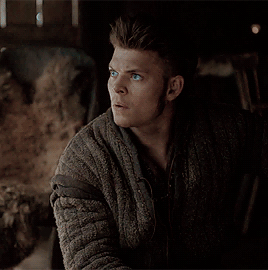
-Ivar being really protective over you in every single way possible. He would fight anyone who tries to mess with you or try and take you away from him.
-Him wanting to make sure that you are safe no matter what and always has someone go with you in the village does not matter if it is him or some other warrior going with you.
-During feasts he always has you sit with him. He does not want you to feel alone or have to sit with another man. So, he just wants you to sit with him.
-When you both are in bed, he loves to cuddle with you and be with you all throughout the night. Sometimes, he lets you cuddle him from behind but his most favorite is when he is laying down on his back and then you just lay your head on his chest.
-You both always having fun no matter what is going on. Everyone always notices that you both are always smiling around each other and making each other laugh at any time possible.
-Him always being super gentle with you. He is always gentle touching you. He always makes sure that when he hugs you or even when you both cuddle that he is being gentle and soft with you.
-His brothers have had a small crush on you at some point but have let it go because they had realized that you were staying with Ivar for a long time.
-His brothers liking you and thinking that you are a good fit for him and could handle all of his crazy tendencies.
-Ragnar and Aslaug liking you as well and treating you as if you are their own family and talking to you as such as well.
#norway#scandanavia#vikings#viking#imagines#nordic#vikings headcanon#vikings imagines#vikings fandom#norse#norsk#ivar#ivar lothbrok x reader#ivar x reader#ivar the boneless#ivar ragnarsson#ivar lothbrok#vikings ivar#vikings imagine#vikings x reader#vikings fic#scandanavian#history channels vikings
837 notes
·
View notes
Text
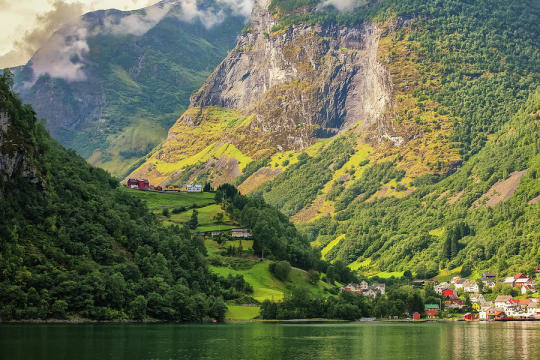


Scandanavia
1K notes
·
View notes
Text

#Europe#texas#news#gun control#asia#cuba#scandanavia#politics#democrats#republicans#donald trump#Uv#uvalde
8K notes
·
View notes
Text
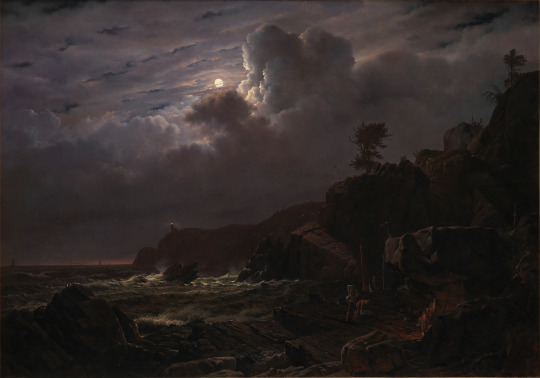
View of Kullen in Sweden. Smugglers hide their goods among the rocks. Moonlight
by Louis Gurlitt
#louis gurlitt#art#sweden#kullen#smugglers#treasure#rocks#coast#sea#moonlight#moonlit#night#evening#clouds#europe#european#northern europe#scandanavia#lighthouse#rocky#lighthouses
271 notes
·
View notes
Text
Aside from the music, film & TV shows, I want to take a moment to highlight how awesome it's been to see how much Omar, as a business brand, has grown in 2023. From starting his own beauty line, releasing his 1st fragrance to partnering with several luxury brands including YSL, Valentino, Loewe, Boss....he's really following in the footsteps of his idol (Rihanna) and slowly growing into a solid business savvy person.
It looks like 2024 is going to have a strong emphasis on entrepreneurship and I love that for him! Looking forward to seeing what else he's got in store for OMR Beauty.
He's come a long way since the days he (admittedly) wasn't getting hired for anything and thats truly inspiring 💜




#omar rudberg#omr#omar beauty#ysl#loewe#valentino#paid partnership#entrepreneur#intro#young royals#edmar#wilmon#boss#simon#wilhelm x simon#Wilhelm#vouge#scandanavia#venezuela#sweden#fashion#omr beauty#edvin ryding
45 notes
·
View notes
Text

On 20th February 1472 Orkney and Shetland officially became part of Scotland.
Less than four years earlier, in 1468, the Northern Isles were mortgaged to Scotland for 8,000 florins as part of the marriage dowry between the future James III and Princess Margrethe of Denmark.
But you have to go back a wee bit further for some of the history, following the Battle of Largs, in 1263, and the loss of the Western Isles as a result of the Treaty of Perth, in 1266, Orkney and Shetland were the only part of what is now Scotland to remain in Norwegian hands.
Although the islands were still officially under Norse rule, the control Scottish Earls had over Orkney was on the increase.
This culminated in the appointment of Henry Sinclair, Earl of Roslin to the Earldom in 1379, and heralded changes in the ownership of land and the gradual break-up of the Norse systems of tenure.
The Earldom of Orkney was held for the Norwegian (and later Danish) Crown until 1468, at which time the impoverished Christian I, King of Denmark, Norway and Sweden, “motygaged” Orkney to the Scottish Crown as part of a marriage agreement with King James III.
The Scottish king was to marry Christian’s daughter, Margaret, and by this agreement Orkney was held as a pledge, redeemable by the payment of 50,000 Rhenish Florins.
At the end of the first year the payment had not been forthcoming so Shetland was pledged for a further 8,000 Florins.
Two years later, Christian had still not made the payment so the Earldom of Orkney and Lordship of Shetland were annexed to the Scottish Crown.
As the years passed, the Scottish influence over the islands grew and gradually the Norse way of life and language slipped away. By the late 17th century the variant of the Norse language of Orkney - Norn - was spoken only by the inhabitants of one or two remote parishes.
In 1564, Mary Queen of Scots gifted the Royal Estates in Orkney and Shetland to one Robert Stewart - her half-brother and natural son of James V. Thus began the tyranny of the Stewart line - traditionally hailed as Orkney’s darkest years.
Robert Stewart’s acquisition, and subsequent “handling” of the islands, was documented as followed:
“This miscreant, having secured in addition the whole temporal estates of the bishopric by an excambion effected in 1568, and having become Earl of Orkney in 1581, spent the rest of his life - with the exception of a short period during which he was imprisoned, partly as a penalty for improper negotiations with Denmark - in oppressing the islanders for his own personal advantage.”
24 notes
·
View notes
Text

by mettebogwald
13 notes
·
View notes
Text

When you take caffeine addiction a little bit to serious!😂
☕️🇸🇪☕️
#history#coffee#sweden#tea#king gustav iii#food history#experiment#royalty#public health#drinks#swedish history#coffee drinkers#tea drinkers#royalcore#scandanavia#caffeine#funny history#food#coffee or tea#historical figures#1700s#nickys facts
16 notes
·
View notes
Photo

A Norwegian reindeer herder with his flock, 1913. Reindeer herding is a tradition among the Sami people who live in Norway, Finland, Sweden, and Russia; the establishment of modern borders formed in the 1800s disrupted their traditional practices.
{WHF} {Ko-Fi} {Medium}
142 notes
·
View notes
Text

A Stunning 'Eagle' Aurora Over Norway - by Bjørn Jørgensen
What's that in the sky? An aurora. A large coronal mass ejection occurred on our Sun five days before this 2012 image was taken, throwing a cloud of fast moving electrons, protons, and ions toward the Earth. Although most of this cloud passed above the Earth, some of it impacted our Earth's magnetosphere and resulted in spectacular auroras being seen at high northern latitudes. Featured here is a particularly photogenic auroral corona captured above Grotfjord, Norway. To some, this shimmering green glow of recombining atmospheric oxygen might appear as a large eagle, but feel free to share what it looks like to you. Although the Sun is near Solar Minimum, streams of the solar wind continue to impact the Earth and create impressive auroras visible even last week.
Image Credit & Copyright: Bjørn Jørgensen
Specific copyrights apply.
View image source
#night sky#under the milky way#milky way#milky and aurora#aurora photography#aurora borealis#aurora#norway#scandanavia
13 notes
·
View notes
Text
Ivar With His Children Would Include...

-Ivar would be awesome with his kids. He would be one amazing father to his kids. He is so loving and caring and would also love to do anything for them.
-When he first learns that you are with his child, he becomes really protective over you and also starts thinking about the child that is soon to be born.
-When you are still holding the child, he loves to fantasize about the child and what he or she would be like when they are older.
-He not only talks about the child with you, but he loves to brag to the rest of his family that he is having a child with you and how amazing you are because you are carrying the child.
-When the child is born, he thinks a bit differently now than he had before. He has become more mature and acts more like an adult.
-When the child is older like 8 Ivar would love to play with them and teach them how to fight. That is his favorite things to do with his children, play and fight.
-He has no intention on having weak kids. He does not want his children to be weak minded and to be gullible. So, he often teaches his children good ways to make sure they are not this way.
-When he has free time, he loves to also take his children on rides and teach them about the gods and the history behind their village and the great stories of their amazing grandpa Ragnar Lothbrok.
#norway#scandanavia#viking#vikings#imagines#nordic#vikings headcanon#vikings imagines#vikings fandom#norse#norsk#scandanavian#vikings series#vikings imagine#vikings smut#vikings x reader#vikings fic#ivar#ivar the boneless#ivar ragnarsson#ivar lothbrok x reader#ivar x reader#ivar lothbrok#vikings ivar#alex hogh andersen#norwegian
576 notes
·
View notes
Text
The Pagan Tradition of Skekling in the Scottish Isles
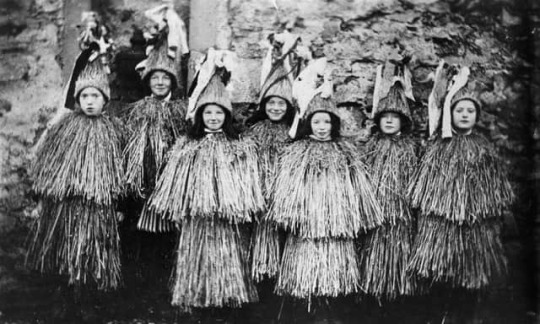
Skekling was a Pagan custom practiced in the Shetland Islands of Scotland, where people hoped the ritual would bring the sun back from the grip of winter and ensure good crops.
For centuries, skeklers went from house to house on Halloween and Yule. Skeklers were usually children aged between eight and 15, and they dressed in a straw skirt called a gloy, a short straw cloak, and a tall pointed straw hat. The costumes were woven together using family crops.
Skeklers entered the house and gathered around the hearth fire, usually in the centre of the room, to dance and demand cooked meat. The skeklers would often carry wooden staves, which they would rap on the floor, creating an eerie cacophony. They disguised their voice by speaking while breathing in, adding to the feeling that skekling invited supernatural, otherworldly elements into the home.
Full Article
#pagan#paganism#occult#neopagan#mysticism#paganblr#celtic paganism#pagan community#paganlife#pagans of tumblr#scotland#history#halloween#spooky#norse paganism#norse#scandanavia
75 notes
·
View notes
Text

350 notes
·
View notes
Note
Hello! I am asking this in your asks because I don’t know how else it will reach the people I am asking, I wanna travel to the Netherlands this summer by train (alone) BUT I was wondering if any people who live there have tips on cities or places I should keep in mind to stay safe as a tourist? I also wanna see if I perhaps can reach out to other women who are keen on travelling in like FB groups but I just wanna do something to challenge myself but still wish to stay safe.
Thank you if you can help me reach some Dutch women out there, peace 💜
Any advice for someone traveling in the Netherlands?
26 notes
·
View notes
Text

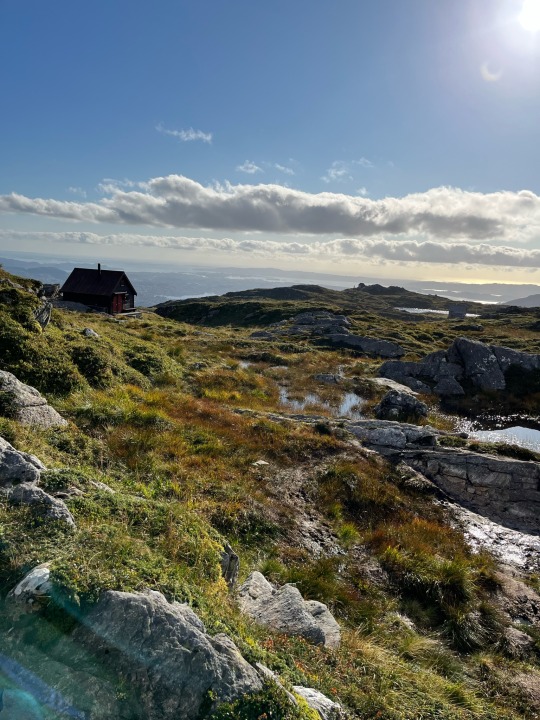


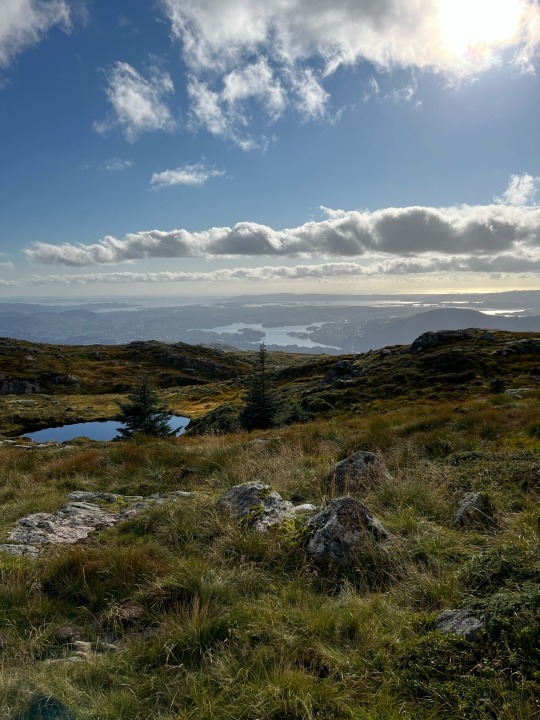



9 notes
·
View notes
Text
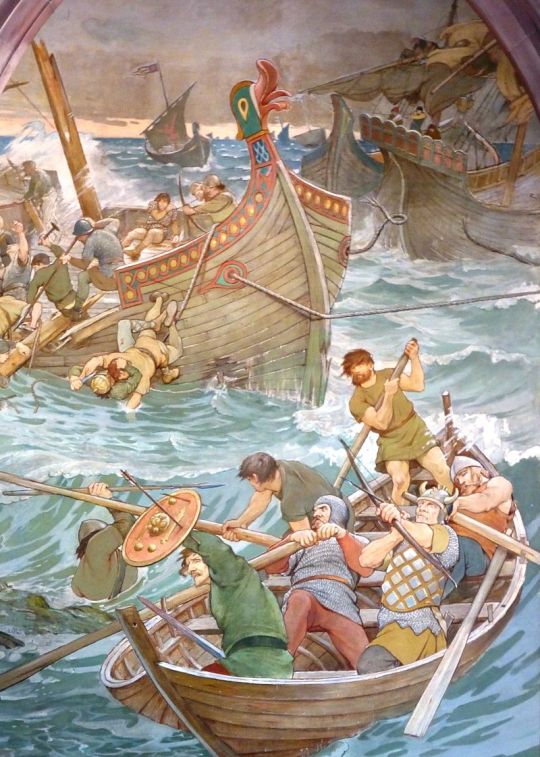

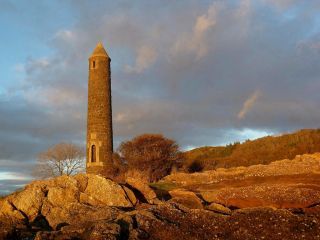
2nd October 1263 saw The Battle of Largs.
Before I go into the full details it is thought that anywhere between 1200 and 2,000 ships set sail from Norway to vanquish the Scots, can you imagine how they would have looked sailing round the islands on the West coast? It must have been an amazing, if frightening sight!
Many writers have said that The Scots won this battle against the Norse army of Haakon the Old of Norway, but a lot of historians agree there was no clear winner on the day, in fact the battle may have lasted several days, Scotland however took advantage of circumstances when King Haakon died in December, it would eventually mean the end of Viking influence over the west of Scotland.
The Battle of Largs also gave rise to the legend of how Scotland's national flower, the thistle came about.
When the Vikings had first begun raiding across the North Sea 400 years earlier, there had been no king of Norway and no king of Scotland. Their often savage raids evolved over time into trade and settlement. By the early 1200s both countries were united under powerful and ambitious kings.
When you hear of the Hebrides most only think of the Western Isles, the Outer Hebrides, and maybe Skye but the region known as Innse Gall also included islands such as Bute and Cumbrae on The Clyde estuary, very close to the Scottish mainland. Isle of Man, Shetland and Orkney Isles were also held by the Norsemen.
Haakon IV and Alexander II of Scotland were born within a few years of each other and came to the throne around the same time. They both were ambitious and were keen to extend and maintain their Kingdoms. It was Bute and Cumbrae that Alexander II had his eyes on. Alexander however had died on Kerrera of fever after sailing the west coast with a powerful fleet in 1249 in order to meet the Norwegians in battle.
Things calmed down for a while, probably due to the new Scottish King, Alexander III being a young boy when acceding to the throne, partly due to a struggle for the Scottish throne that included the Comyns and Mac Williams.
By 1263 the infighting was over and matters turned once more to pushing for control of The Hebrides. The dispute with the Alexander III over the Hebrides induced Haakon to undertake an expedition to the islands. Having learned in 1262 that Scottish nobles had raided the Hebrides and that Alexander III planned to conquer the islands, Haakon went on an expedition with his formidable "leidang" fleet of at least 120 ships in 1263, having become accustomed to negotiating backed by an intimidating fleet. The fleet left Bergen in July, and reached Shetland and Orkney in August where they were joined by chieftains from the Hebrides and Man. Negotiations were started by Alexander following Norwegian landings on the Scottish mainland, but were purposely prolonged by the Scots.
The 59-year-old Norwegian king - an old man by the standards of the day - took personal command of the fleet. For Haakon, this was unfinished business. The chance to crush Scottish ambitions in the Hebrides once and for all.
In Orkney, a Viking stronghold, his already powerful fleet was joined by local forces. Haakon led his fleet through the Hebrides, island by island, demanding allegiance.
By the time he reached the disputed territories of the Clyde, he had 120 ships and up to 20,000 men at his command. It was a force that would have rivalled the Spanish Armada of 300 years later.
Alexander, based down the coast in Ayr, knew he could not defeat Haakon at sea but if he could stall long enough then the autumn weather might do what his forces could not.
Haakon sent envoys to demand Alexander withdraw his claims but the Scottish king spun out the negotiations.
On 1 October 1263 the weather broke.
The storm was so sudden and so powerful that survivors could only imagine it had been conjured up by sorcery. Haakon's fleet was scattered, with several ships driven ashore under the noses of local militia.
The next morning Haakon managed to get onshore with 1,000 men to salvage the ships and their cargo. That was when the Scots pounced.
Haakon's bodyguard got the king back to the safety of the fleet but on the shore the Norsemen were collapsing in disarray. Finally a long ship managed to get ashore to reinforce the beleaguered rearguard and the Norsemen made a stand.
The Battle of Largs petered out into a long distance and sporadic shooting match. Neither side had won. There was no decisive victory, just the usual grim reckoning in warfare.
But if the skirmish fought on the Clyde coast did not decide anything, the aftermath would.
The Norse king's options were limited. Winter was approaching, his supplies were low and his men were getting restless.
He agreed to disperse the fleet and spend the winter in Orkney. He would return in the spring to have his bloody revenge on Alexander.
But Haakon did not see the spring. He died in Orkney on 16 December 1263.
He was the last Norwegian king to mount a military assault on Scotland.
His son Magnus the Lawmender was not interested in continuing the fight and just three years later he gave up the Hebrides and the Isle of Man to Scotland, in return for 4,000 marks in silver and an annual payment, under the Treaty of Perth.
At the same time the Scots recognised Norwegian rule over Shetland and the Orkney Islands.
Now to the thistle, legend has it that at some point during the invasion the Norsemen tried to surprise the sleeping Scottish Clansmen. In order to move more stealthily under the cover of darkness the Norsemen removed their footwear. But as they crept barefoot they came across an area of ground covered in thistles and one of Haakon’s men unfortunately stood on one and shrieked out in pain, thus alerting the Clansmen to the advancing Norsemen.
The Largs Pencil monument, in the third pic, is a memorial to the battle.
9 notes
·
View notes